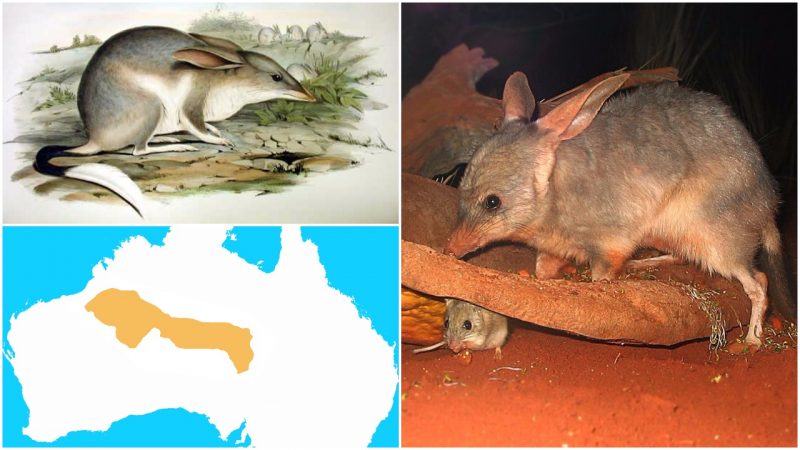Easter in Australia does not differentiate much from Easter elsewhere in the world, except for one thing: the Easter bunny. Although bunnies are loved animals everywhere on the planet, that is not the case in Australia.
Rabbits have become a problem ever since their arrival. They first stepped on the new continent with the historic first fleet of ships which made the first European settlements around Sydney, and within decades became infamous invasive pests. Rapidly growing in numbers, the rabbits have devastated lands and were the reason for numerous extinct native Australian species.
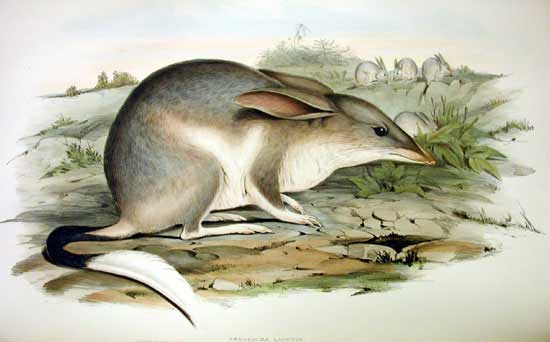
In the past, Australians have taken various precautions to eradicate rabbits. They have built the world’s largest and uninterrupted rabbit-proof fence in Western Australia, a project that took six years to complete but eventually failed as a solution. When that didn’t work, a virus called Myxomatosis was released among the rabbits’ population in the early 1950’s.
The myxo disease was at first successful, reducing the numbers of rabbits from 600 million to 100 million. Nevertheless, it was quickly determined that they develop genetic resistance to the disease and by the beginning of the 1990’s their population fairly regenerated.
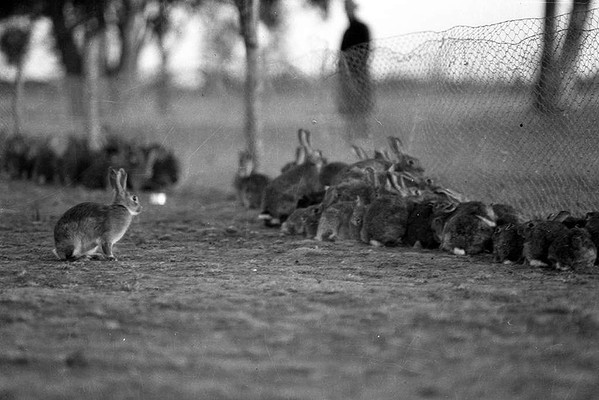
The exhausting history of fighting the rabbit issue in Australia has provoked its citizens to start dethroning bunnies in Easter celebrations, and instead, to appreciate the bilbies. As members of the marsupial family of animals, the bilbies are a native species in Australia. Like the rest of the representatives of the marsupials, such as the kangaroos, opossums or the Tasmanian devils, the bilbies carry their young ones in a pouch too. Unfortunately, their existence is endangered, and the lesser bilby kind was extinct in the 1950’s along with the thylacines, another representative of the marsupials.
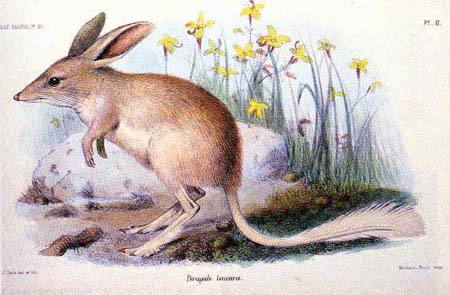
However, by using the bilby as an Easter symbol, Australians have tackled a new method to raise awareness and prevent a possible extinction of the barely surviving greater bilby. In 1968, the Easter Bilby concept was introduced for the very first time by a 9-year-old girl named Rose-Marie Dusting. Her fictitious story known as Billy the Aussie Easter Bilby” influenced generations to engage in saving the bilby. The story was eventually published as a book in 1979.
The first fund-raising efforts and awareness campaigns started in 1991 when Nicholas Newland, on behalf the Rabit-Free Australia Foundation, further took on the idea of the Easter Bilby. The foundation has been serious to have the Easter Bilby as an alternative to the Easter Bunny. That is also emphasized as an awareness priority at their official web page, where a point concerning the Easter Bilby reads: “Ensuring the ‘bilbies not bunnies’ message is widely promoted and understood through Easter Bilby promotions.”
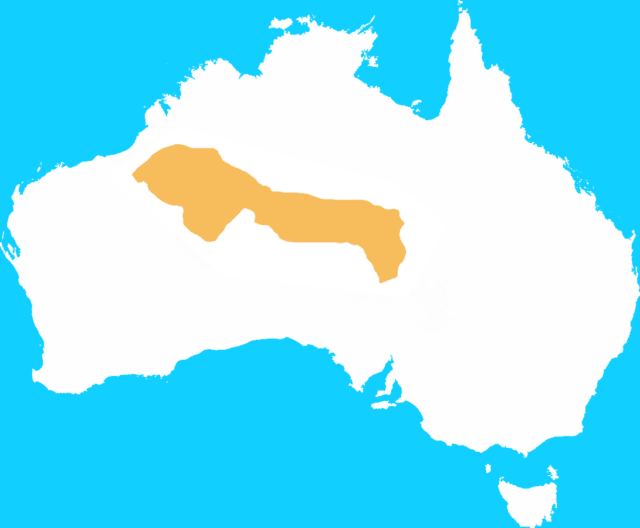
The Warrawong Sanctuary, a wildlife reserve close to the city of Adelaide in South Australia, started to sell the first chocolate Easter bilbies. For the initiative, John Wamsley who owned the reserve, claimed the eminent Primer Minister’s Environmentalist of the Year, back in 2003. Pink Lady Pink and Haigh’s Chocolates are two of the most popular Easter Bilby chocolate manufacturers which have started to donate to the cause continually. Reportedly, in 2015, donations from chocolate sales have gone over $33,000 to the fund. Australians have taken the matter seriously enough as they have boycotted buying Chocolate Bilbies from companies that do not donate to the preservation fund, for example, the Cadbury company.
The popularization of the bilby as a symbol of the Easter holiday has been further helped by few more children books published in the 1990’s. A very famous story entitled Burra Nimu, the Easter Bilby tells of the timid bilby named Burra who sets on a daring mission to save the land from the rabbits and the foxes. Burra gathers with family and friends to paint some Easter eggs and give them to the children.
However, before commencing the journey to reach the children, Burra and his friends must cope with an army of rabbits. The story was written by Australian children’s author, Jeni Bright, and was published in 1993. More children books have also been published by Irena Sibley; her first book from 1994, The Bilbies’ First Easter became a bestseller.
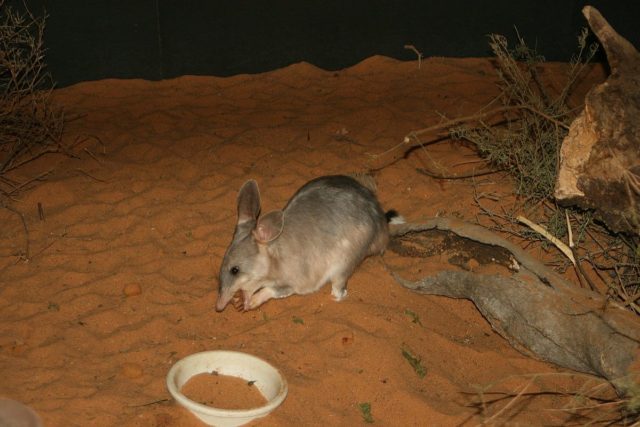
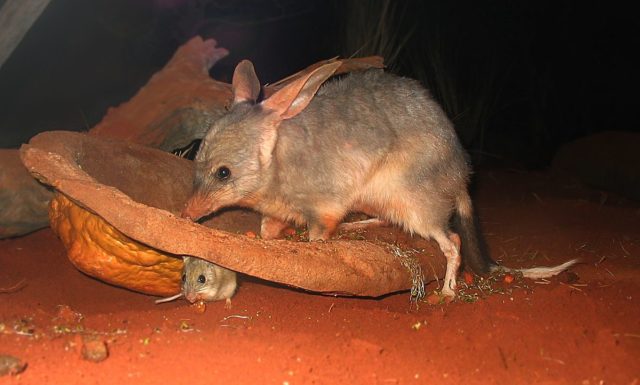
As far as the population number of this vulnerable species is concerned, according to the Huffington Post, “There are only an estimated 600 of the creatures left in the wild in the west and central deserts of Australia currently, due to predation by feral cats. Invasive foxes also hunt bilbies, while aggressive rabbits drive them from their burrows.” Other accounts indicate that their total number does not surpass more than ten thousand individuals.
Moreover, in 2014, scientists discovered a fossilized jaw of a bilby deemed to be 15 millions years old. The previously oldest known fossil record was only 5 million years old. We hope that activists and environmentalists, who back the cause of preserving the bilbies, will succeed in their mission to eliminate this ancient animal from the list of endangered species. If you visit Australia, don’t forget to treat yourself with a proper Easter Bilby chocolate!
